Bolivia Drinks: Basic Overview
Common Ingredients
Common Preparing Methods
Key Taste
Drinking Etiquette
Culinary Festivals
Influence and Fusion
Types of Bolivia Drinks
-
Alcoholic
Bolivian alcoholic beverages are known for their rich variety made from local ingredients.
These drinks are deeply embedded in Bolivia’s cultural and social events.
-
Non-Alcoholic
Bolivian non-alcoholic drinks often feature indigenous ingredients and are enjoyed across the country.
These refreshments are integral to Bolivian daily life and cuisine.
Bolivian beverages are a range of unique flavors with both alcoholic and non-alcoholic choices. They incorporate traditional ingredients like fruits and grains with modern techniques available in European drink options to diversify the flavors.
These beverages offer insights into alcoholic and non-alcoholic picks from Bolivia, and information about ideal food pairings to complement these drinks, such as main course, desserts, and street foods.
Let’s explore 16 Bolivian beverages that will blow your mind away.
16 Popular Bolivian Beverages with Filters
While doing your venture, make sure to utilize the filter system to see these refreshments in alphabetical order, as well as their tastes, ingredients, dish types, cooking techniques, and global popularity.
Then, I’m sure these drink styles of Bolivian can satisfy your curiosity with options like the most popular, national, traditional, and exotic drinks:
Paceña
- Alcoholic
- Traditional
Paceña is a Bolivian beer brewed from cereals and hops by the beverage manufacturer Cervecería Boliviana Nacional (CBN).
This golden beer is produced high in the Andean mountains, about 3600 meters above sea level. Bolivians have a strong affinity for Paceña, as beer is an integral part of their festival events.
Cocoroco
- Alcoholic
- Exotic
- Traditional
Cocoroco is a potent rectified spirit in Bolivia that is distilled sugarcane. It boasts a staggering 96% alcohol content and is often sold in tin cans.
The spirit is also popular in Chile and is often found in Aymara communities living in the Altiplano. However, the drink is prohibited in Chile due to its high alcohol content.
Singani
- Alcoholic
- National
- Traditional
Singani is the national drink of Bolivia and is a type of distilled wine primarily made from white muscat or Alexandria grapes. The high valleys of Bolivia have been the only region of production of singani since its creation in the 16th century.
This grape wine is the soul of numerous local festivals, like Saint John’s Eve and the annual Virgen del Socavón Carnival. The wine can be an ingredient in cocktails or a standalone drink.
Yungueño
- Alcoholic
- Traditional
Yungueño is a Bolivian mixed drink blending singani, simple syrup, and orange juice. The mix’s name was given in the Yungas region, known for its tropical and humid climate.
Yungueño has a smooth profile, enjoyed by many in Yungas, the Beni, and Bolivian Amazon communities. Long before the cocktail culture took root in Bolivia, yungueño had already been a choice among the poor in the Beni and Bolivian Amazon.
Chuflay
- Alcoholic
- Traditional
Chuflay is a Bolivian mixed drink created by combining singani and fizzy drinks like ginger ale, Sprite, or 7-Up. The beverage’s name is a spin-off from Short Fly, a cocktail made with Singani and ginger ale.
This refreshing cocktail is quite popular in various settings, from casual get-togethers to weddings. Chuflay is served in a tall glass, especially a Collins glass. Bolivians often drink chuflay while playing Cacho, a popular Bolivian dice game.
Coctel de Tumbo
- Alcoholic
- Traditional
Coctel de Tumbo is a Bolivian cocktail with a creamy profile created using singani, condensed milk, and banana passionfruit (a fruit native to the Andes).
The concoction comes in a martini glass with a vibrant yellowish-orange and is served without ice. Coctel de tumbo offers a sweet tang of banana passionfruit balanced perfectly with the condensed milk and singani’s distinctive flavor.
Té con Té
- Alcoholic
- Traditional
Té con té is a Bolivian cocktail that translates to “tea with tea.” This warm drink is a blend of black tea, singani, lime, and cinnamon, creating a soothing, aromatic beverage.
Always served hot, té con té is the go-to choice on cold days, particularly during wintertime. It often appears on San Juan Night on June 23.
Garapiña
- Alcoholic
- Traditional
Garapiña is an alcoholic beverage of Quillacollo, Bolivia with a vibrant red hue. This eye-catching color is achieved by tinting Chicha (a traditional South American alcoholic beverage) and cinnamon with the seeds of the airampo cactus (Opuntia soehrensii).
The drink boasts a taste that goes brilliantly with coconut, cinnamon ice cream, or fruits. Garapiña can be found in local chicherías (traditional bars where people get together to drink Chicha).
Sucumbé
- Alcoholic
- Traditional
Sucumbé is a Bolivian alcoholic drink with singani as a base for cinnamon or cloves, eggs, and milk, all whisked together for a velvety texture. The drink is similar to eggnog and ideal for Bolivia’s winter.
It sometimes uses only egg whites for a lighter profile, served in a tall glass or mug. During the festive Fiesta de San Juan in June or at bustling street events, Sucumbé adds an unmistakable note of cheer.
Cola de Mono
- Alcoholic
- Traditional
Cola de Mono, or “monkey’s tail” in English, is a mixed drink from Chile, popular in Bolivia. The concoction is a combination of coffee, cloves, sugar, milk, and optional aguardiente, creating a balance between the warmth of spices and the robustness of coffee.
Also known as Colemono, this festive drink shares similarities with eggnog. The beverage is whipped to a thick consistency and served around Christmas time.
Coca Colla
- Non-Alcoholic
- Exotic
- Traditional
Coca Colla is an energy drink that originates from Bolivia. This drink shares ingredients similar to Coca-Cola, with the main component being the coca extract from coca leaves (which happens to be the base of cocaine powder).
First introduced to the Bolivian market in 2010, Coca Colla has long captivated Bolivians with its dark caramel color and sweet taste. However, due to legal restrictions, Coca Colla remains unavailable in North America and Europe. Bolivian laws also prevent its export.
Helado de Canela
- Non-Alcoholic
- Traditional
Helado de canela is a Bolivian mixed drink that doubles as a dessert. It is a mixture of water, sugar, cinnamon, and opuntia (a type of cactus). Also known as cinnamon ice cream, the drink can incorporate ingredients like passion fruit or coconut.
This well-loved drink has been declared a Bolivian cultural heritage. In La Paz, Oruro, or Cochabamba, locals pair helado de canela with peanuts, cheese empanadas, or pasankalla (sweetened Bolivian popcorn).
Mocochinchi
- Non-Alcoholic
- Traditional
Mocochinchi is a Bolivian cider that calls for dried peach, sugar, and cinnamon. The peaches are left to soak overnight before they’re boiled into a sweet concoction.
This unique drink is served cold, with the peaches becoming plump and flavorful after being soaked and boiled.
Api
- Non-Alcoholic
- Traditional
Api is a Bolivian mixed drink that combines ingredients like ground purple corn, cinnamon, water, cloves, and sugar. The purple drink is best served alongside buñuelos (fried dough fritter) or bread.
This corn refreshment is often served for breakfast or a hearty snack. Its consistency is so thick that you can eat it with a spoon! Must-try varieties include api blanco and api morado, which are derived from white and purple corn, respectively.
Tujuré
- Non-Alcoholic
- Traditional
Tujuré is a unique Bolivian porridge or non-alcoholic mix from beni, with plantains, corn, milk, and sugar as the main ingredients. The preparation involves boiling, simmering, and blending these elements into a thick, rich blend.
This mix stands out by including ash from grilled plantain peels. Tujuré can be savored hot or cold, making it an ideal choice for breakfast or dessert. For an extra touch of sweetness, milk and sugar are perfect companions to this Bolivian specialty.
Linaza
- Non-Alcoholic
- Traditional
Linaza is a Bolivian mixed drink that utilizes flax seed. Prepared by blending flax seeds, this drink is best served cold over ice. Linaza can be adjusted in terms of consistency to make a healthy drink.
What Is The Importance of Bolivian Beverages in Food Culture?
Bolivian drinks are imbued with rich cultural influences, ranging from indigenous Aymara and Inca traditions to influences from Spaniards, Germans, Italians, and French. They have a crucial role in the country’s food culture.
These beverages provide refreshments and enhance the overall dining experience. They are integral to meals for main courses, desserts, and street foods.
Which Bolivian Beverages Can Serve with Main Courses?
Singani works splendidly with well-known Bolivian dishes like caldillo de congrio (conger eel soup) or curanto (a type of Chilean meat and seafood stew).
Even a fresh ceviche can be an excellent accompaniment to singani. On the other hand, mocochinchi complements dishes such as salteñas (Bolivia’s version of empanadas), cheesy empanadas de queso, and ensalada de quinoa (a quinoa salad).
After going through the refreshments that go well with specialties of Bolivia, it’s time to move to the desserts of Bolivia that go well with the country’s drinks.
Which Desserts to Enjoy with Bolivian Beverages?
To pair some desserts with Bolivian drinks, here are some delightful pairings.
In case you’re not into desserts, let’s hit the streets of Bolivia to find some food pairings that are tasty to have with the country’s refreshments.
Which Bolivian Beverages to Pair with Street Foods?
Pairing Bolivian drinks with street food creates delightful flavor combinations. For that, here are some pairing options:
If you find this peek into Bolivian drinks interesting, make sure to share them with your friends and family. And don’t forget to leave your comments below; I’m eager to read your thoughts on these intriguing Bolivian beverages!


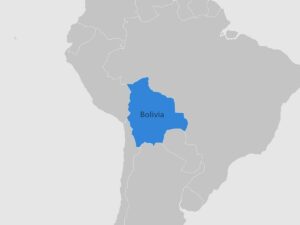

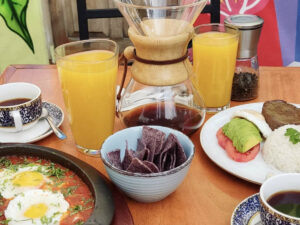
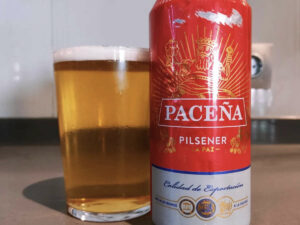
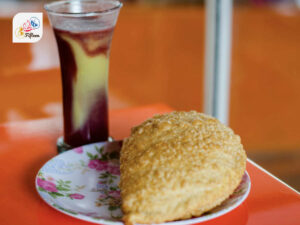
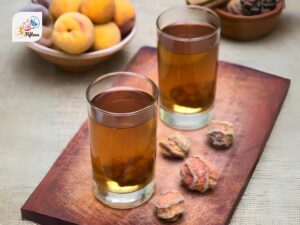
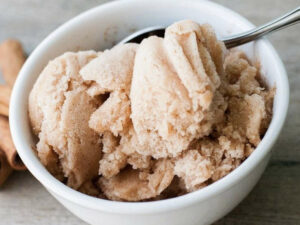
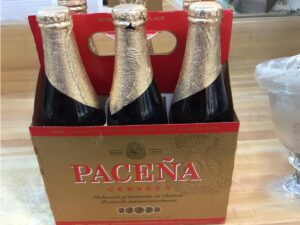
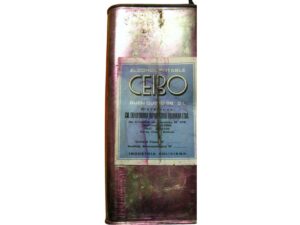
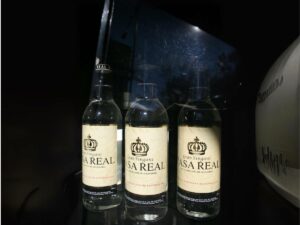
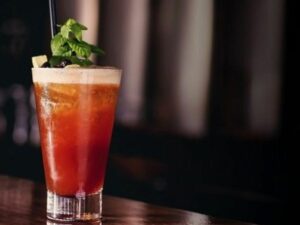
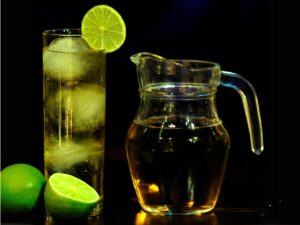
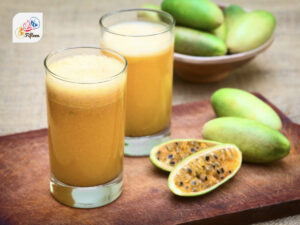
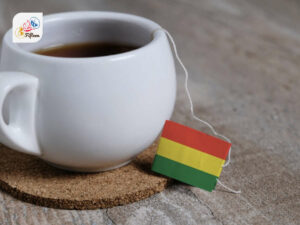
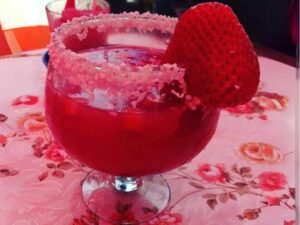
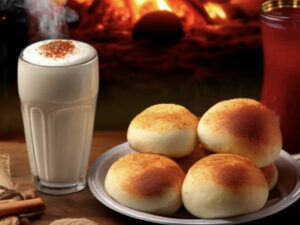
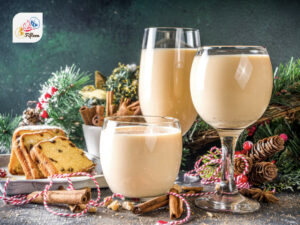
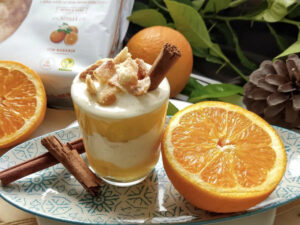
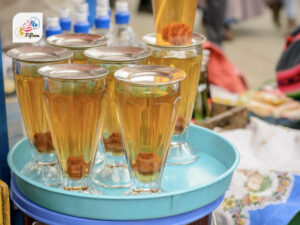
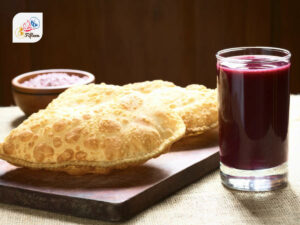
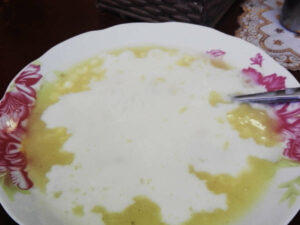
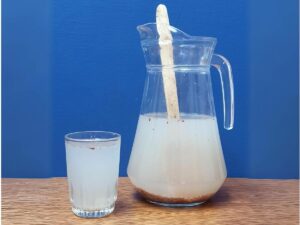
Jamie Scott
Editor in Chief, Senior Content Writer
Expertise
Home Cooking, Meal Planning, Recipe Development, Baking and Pastry, Food Editor, Cooking-video Maker, Western Food Evaluation Expert
Education
Le Cordon Bleu College of Culinary Arts
Local Community College, New York, NY
Jamie Scott is a skilled culinary expert and content creator specializing in Western cuisine. With over 15 years in the culinary field and formal training from Le Cordon Bleu, Paris, Jamie deeply understands how to blend nutrition with delicious flavors. His passion for cooking matches his commitment to making healthy eating accessible and enjoyable.
On Fifteen.net, Jamie brings a fresh perspective to classic dishes and beverages, offering readers insightful recipes, cooking tips, and a fresh view on meal planning that emphasizes taste, health, and simplicity.